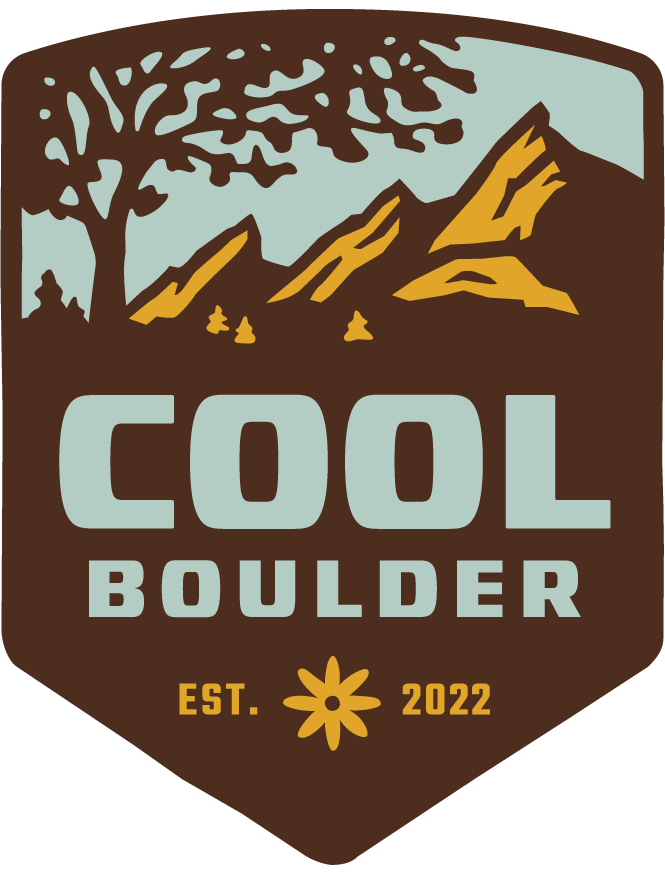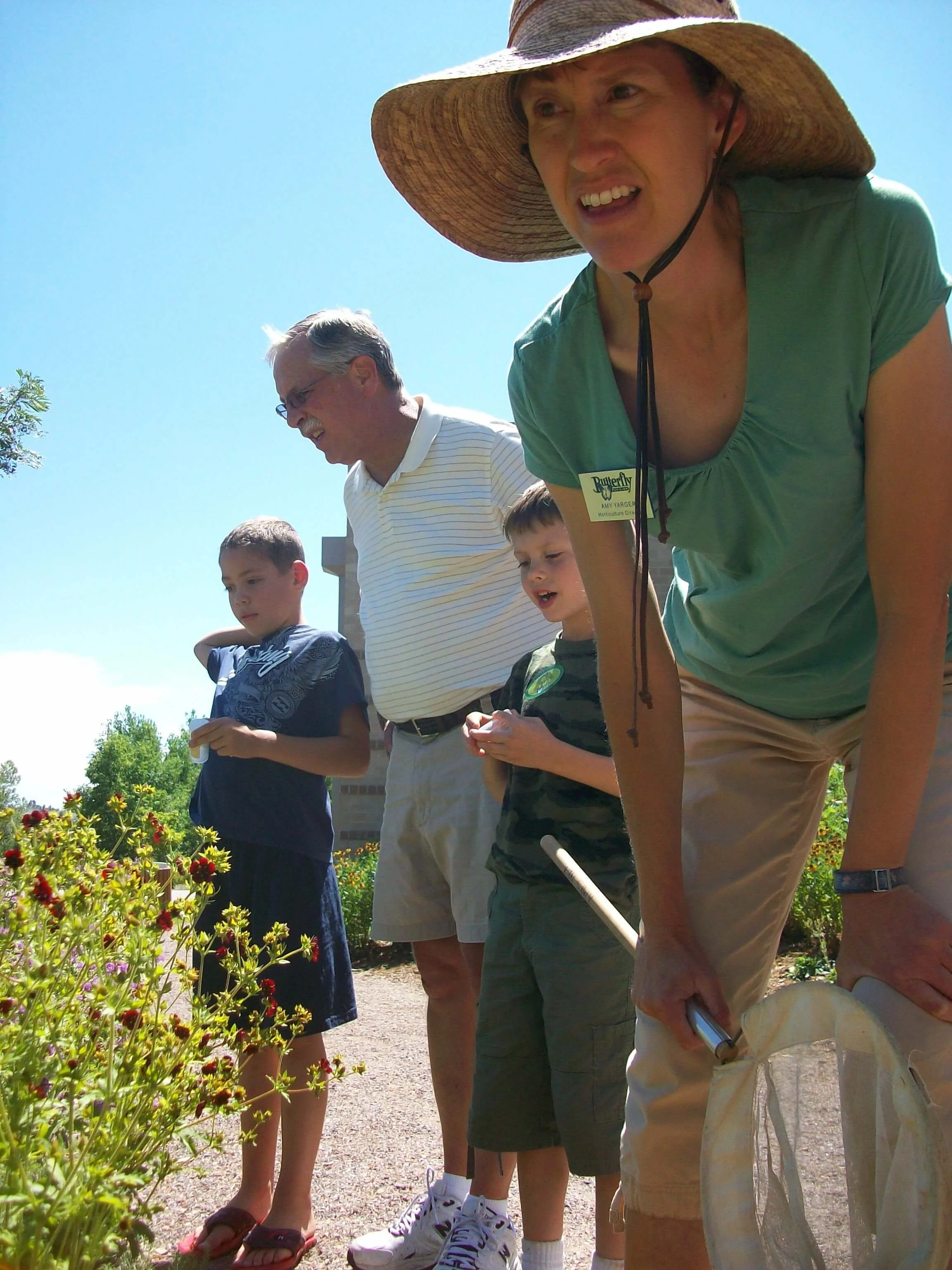Putting the “Community” into Community Science
Photo by Amy Yarger.
Parents do all sorts of things to annoy their offspring, and one especially effective habit was to assign scribe duty to my 13-year-old son when I volunteered with the Colorado Butterfly Monitoring Network. It’s not that he didn’t like to be outdoors, or that he had anything against butterflies, but the methodology, called the Pollard Walk method, forced us to walk a stultifying 1 mile per hour. This method makes sense for the project – how are you going to spot and identify all the butterflies if you’re walking too fast? But, for my energetic son, it was a terrible burden to bear. His only relief was to run as fast as he could all the way back to the trailhead as soon as we finished our observations for the day.
So I was pleased to receive a text from my now college-aged son telling me that he and his friends were dabbling in using iNaturalist on their campus, despite those relentlessly slow experiences of butterfly monitoring years ago. He remembered the thrill of seeing intriguing plants and animals and being a part of a larger community dedicated to documenting the natural world. He, like millions of other people around the world, now thinks of himself as a community scientist.
Photo credit @ Amy Yarger.
Community science, defined as “collaboratively-led scientific investigation, exploration and engagement” is exciting because individuals don’t have to have formal scientific training to contribute to our mutual understanding of the natural world. People who are curious about the world around them can take the time to learn more, whether it’s about pollinators or soil or the stars above. Participating in these projects yields benefits for both the individual and for the world. The community scientists experience the joys of field work: learning something new and being outdoors while doing it. As I always say, the worst day in the field is better than the best day at a desk! In the case of pollinator-related community science, we are often in beautiful locations – prairies in bloom, gardens and parks, looking at gorgeous creatures visiting colorful flowers, what’s not to love? Community science can occur anywhere – backyard, while walking the dog, on vacation. Some families contribute to community science because of its educational value not only for themselves but for the other members of their family.
Pollinators are ideal for community science projects. Unlike many wildlife species, pollinators are a group of animals that just about everyone gets to see...and conserve Throughout Boulder, it isn’t unusual to see bees, butterflies and other pollinators from April through October, visiting roadside ditches, gardens and open spaces. Pollinators are central to our well-being and quality of life, and yet we know so little about them.
For us to understand what success looks like for Cool Boulder’s nature-based climate solutions, we need to have information about what pollinators are currently found in neighborhoods and natural areas in Boulder. There are many community science projects focusing on pollinator populations, a project for every interest or degree of difficulty. If you’ve ever considered volunteering, or if you are just curious about the natural world, you can’t go wrong with these projects.
Photo credit @ Amy Yarger.
✔ Pollinator Advocates https://www.coolboulder.org/pollinator-advocate-training
✔ Bumble Bee Watch: https://www.bumblebeewatch.org/
✔ Native Bee Watch: https://arapahoe.extension.colostate.edu/nbw/
✔ Great Sunflower Project: https://www.greatsunflower.org/
✔ CO Butterfly Monitoring: https://butterflies.org/research-and-conserve/butterfly-monitoring/
✔ Project Budburst: https://budburst.org/
✔ Monarch Joint Venture: https://monarchjointventure.org/get-involved/study-monarchs-community-science-opportunities
✔ Monarch Larva Monitoring Project: https://monarchjointventure.org/mlmp
The field season will be over before we know it, but as long as there are still monarch butterflies migrating and sunflowers blooming, you too can be a pollinator community scientist!



